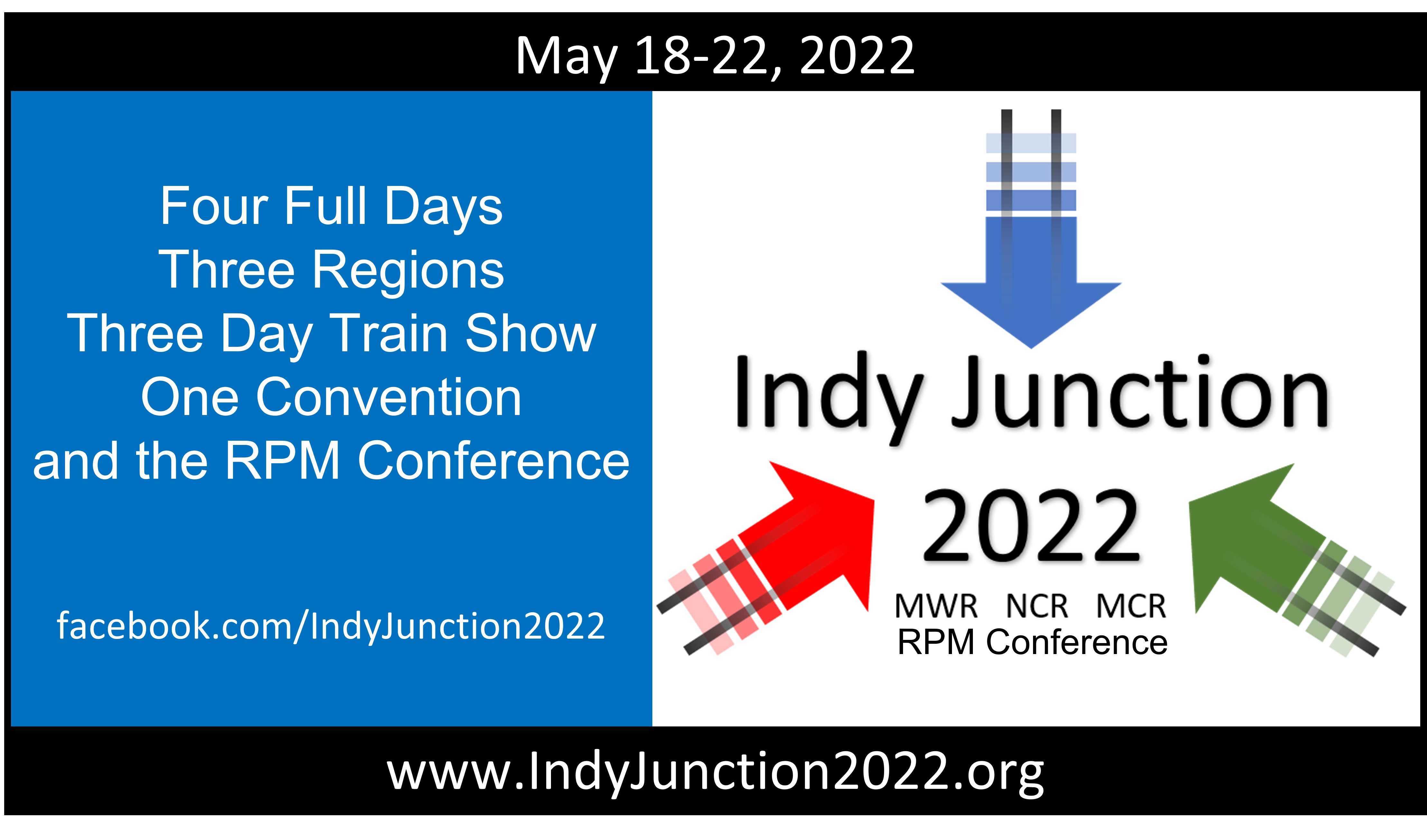Our mission is to promote education and fellowship through the sharing of information and the promotion of the world's greatest hobby. - Model Railroading.
From the Editor

A new website! If you are reading this, you should have also noticed the site looks very different!! We hope you enjoy the new look of the website!
This months newletter features an article by Ray Huber. Ray takes us back to a time and place many of us can relate too. I know I did!!
We need content for the Train Order! Every month we find ourselves scrounging for anything we can get. Please submit your updates/articles/photos/whatever to the editor at div1ncr@outlook.com. Even if it's just a photo of your layout or something you saw or are trying for the first time. Sharing is the best way to spread the hobby and ideas.
View from the Cab
 Happy New Year!
Happy New Year!
With the start of 2022 we begin another season of Model Railroading Adventures! We will have a live meeting on January 28th as planned, although that did not almost happen! Because of high COVID numbers after the holidays, the venue had shut down for most of January. We literally were told just a short time ago; we are OK to have our meeting!
Now on to more "FUN" topics, we want to hear what people received (or purchased themselves) over the holiday season! Please make sure to bring that latest acquisition to share with the group. If you would prefer to bring something you did over the holidays or photos of what you did, please do!
We have several items to go over at the meeting including the new website and the possibility of a May meeting/outing in the southern reaches of the Division. We are welcoming input (at the meeting or through the contact form) on possible meeting locations and we hope maybe one of our members in the area could open their layout for that day.
I look forward to seeing everyone at the meeting!!
Marshall Stull,
mstull@marshallstull.com
Superintendent
Clinic Corner
Happy New Year to all! Hopefully your Holiday Season was enjoyable.
For the January Clinic we will be having a presentation by two of our members. Dave McMullian and Steve Glass with be giving us a overview of decals and dry transfers. Some of the highlights will include decal tips and techniques, custom decals both commercially produced and home-made, and surface detail transfers such as rivets. This looks to be a very interesting topic that bridges all scales.
We hope to see you all January 28th!
Brian Burr,
Assistant Superintendent
January 28th Meeting Agenda
Here is a quick breakdown of what to expect at the meeting:
- Business - updates and latest happenings
- Clinic - Decals and Dry Transfers
- Show and Tell - What did you get over the holidays?? Bring your latest project, photos, new item, tool, whatever!
- Rip Track Table - Have items you want to sell or just give away? Put them on the table
The Beginning
by Ray Huber, Division One - NCR
Once upon a midnight dreary,
As I pondered weak & weary,
Over many a volume of Model Railroad Lore -
As I sat there reminiscing,
I heard a faint yet mournful whistling,
Just outside my chamber door.
Now what started all of this? Well, I was rereading the latest issue of Model Railroader magazine when an ad for a Twin Hopper car caught my eye. Having earned my way through Engineer College working as a draftsman creating working drawings used to make steel casting parts for hopper cars, I developed an interest in them. What really got my attention was the price in the $20.00 to $30.00 plus range - for a Hopper Car - WOW I said! I guess I've just not paid attention to new train stuff costs.
The reason this had such an impact on me was the fact I was recently looking through some old Model Railroad Craftsman magazines (reminiscing) and saw an ad for an Athearn (blue box) open top twin hopper car at $1.98 each as shown in this Sept. 1973 ad. All things considered and given the year, I still have a few of those cars on my layout. With that thought in mind, I began to look back (again reminiscing) to 1961 and my own experience with this Hobby and its first serious beginnings.
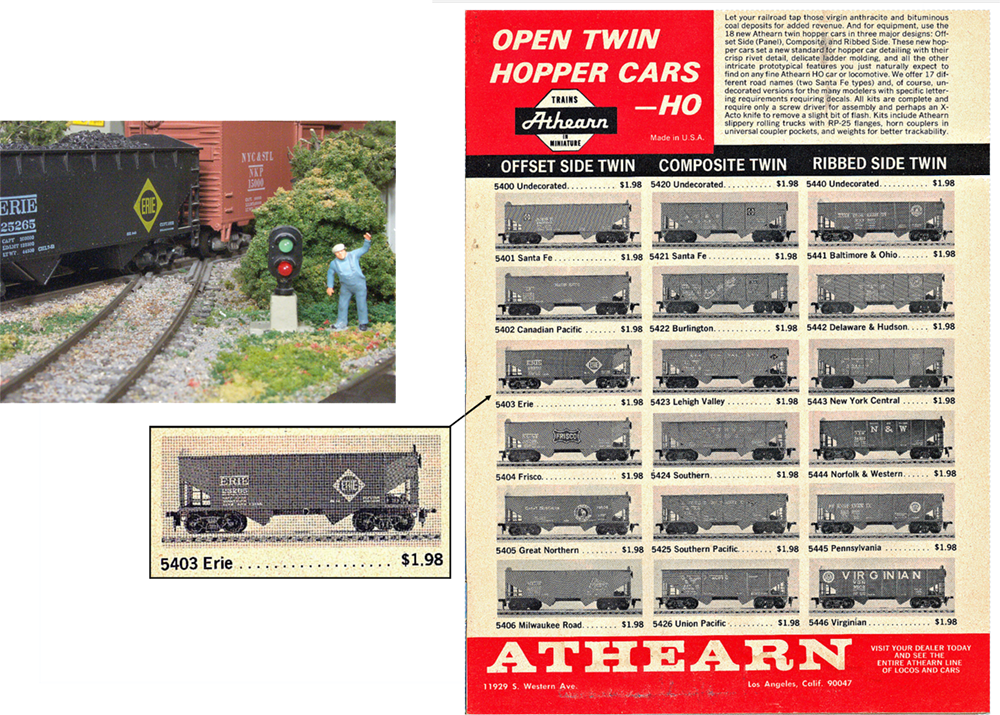
It all started back in late December of 1958 when I saw a train set in the window of a local hobby shop in downtown Newark, NJ. I was returning from a 30 day leave and waiting for a flight back to my duty station in Germany. There in a blue box with the name Athearn on it, was a Santa Fe caboose; it was like nothing I'd ever seen. Up to now, HO trains for me were made from cardboard and wood - WOW I said!!
That one image of what I though was the most highly detailed, realistic thing I'd ever laid my eye's on was the catalyst that started me down the track. That experience was so meaningful, it lingered in my mind for the rest of my Air Force career and beyond. By now it was late 1961, I was working part time, married, taking class at the University, living in an apartment and steam was long gone. Little did I know then what was ahead for me and the years of "having fun" with "the worlds greatest hobby".
During those first few years of work and study, there was little time nor space to think about model railroading. Although, I did read Model Railroader magazine on a regular basis (kept the flame burning), it was all wishful thinking. After all, in those days, a dollar was a thing of value and we had few of them. Thanks to my school teacher wife, JoAnn, we managed to make it work!

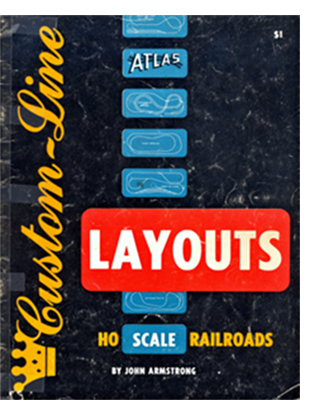
That was all true until one day I saw a track plan in an Atlas Track Planning magazine that I thought I could build and stay within my limits. What I saw was a shelf type switching layout 15" wide by 11 feet long. What made it so appealing was the fact I could build it using Snap Track and cork roadbed - no muss, no fuss and cheap!
The question now became, where do I put this thing? Well, while in high school, my Dad made me a desk from a standard 36" man door by 6'-6" long. There was my base to support the layout as well as my books, type writer (no snickering), and everything else. Finally and after putting some lumber together, I had a frame which I covered with a new product (to me) called Homasote and track. Not only that, I designed it as a two section break apart for easy storage. It worked well and was lots of fun until 1964, when we moved into our first home (with a basement) and I had to dismantle the layout.
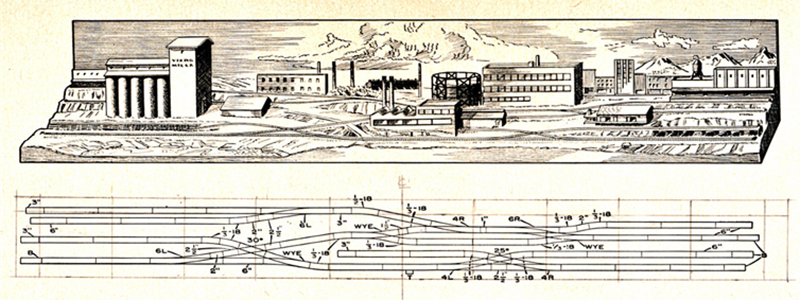
As for my limits, the rule was one car kit and one pair of Lindberg trucks per payday (about $3.00). Once I had the two cars and two pair of trucks, the next payday purchase was a package (2 pair) of Kadee 5&10 couplers. The fleet was growing!
With all this rolling stock on hand, I realized I needed motive power to make it all work. Now we're talking big bucks! What could I afford? That would be an Athearn GP-9 with rubber band drive (still have the power drive). Shorty there after, Athearn came out with a gear driven GP-9 which a price tag of 11 to 13 dollar. I still have that Loco - a quantum leap!
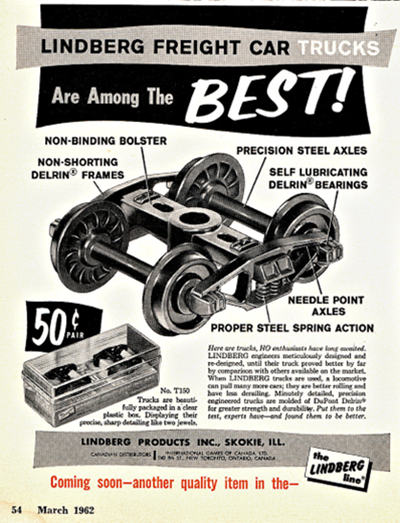
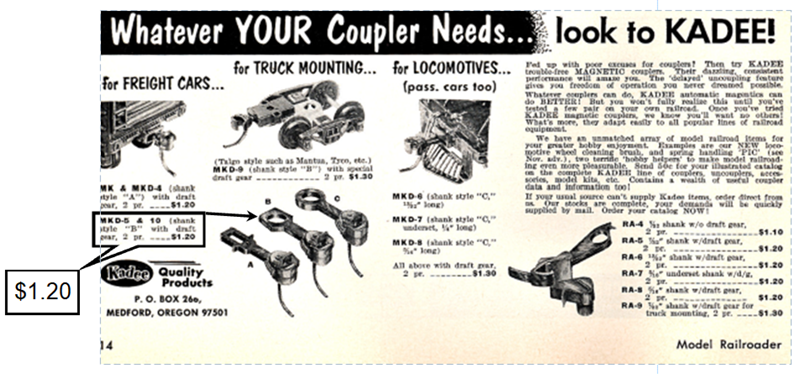
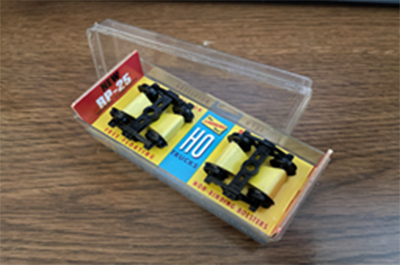
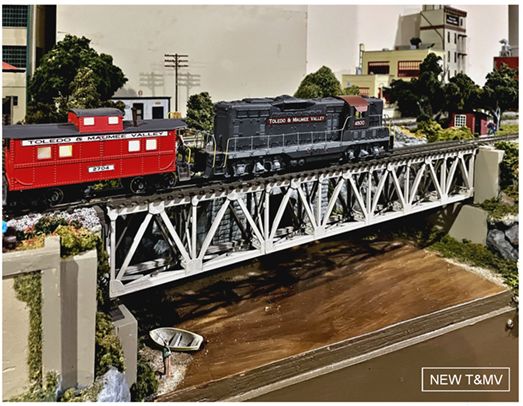
Now that was a trip! While writing this article, I probably remembered more and saw more in my minds eye about the early years than I have in the last 60 years. Having done this, it also reminds me of the advances in technology that have occurred over time. That first layout, a simply DC power supply and two wires. Today we are running our trains with no wires - WOW I said!
Try it, it might be fun and I guarantee it will bring a whole new perspective to the Hobby we all enjoy!
Therefore, the next time you pick up an old or new issue of your favorite Model Railroad Magazine, beware, there could be a story lurking; Just outside your chamber door.

Division Happenings
Dan Merkel has been busy with his model of the Fostoria, Ohio Jackson Street Tower in HO Scale.
Per Dan; It's about 99.5% done! All I need to do is to glue down one stubborn corner of the roof then decide if I want to add the New York Central cigar band logo that has all but faded from the original.
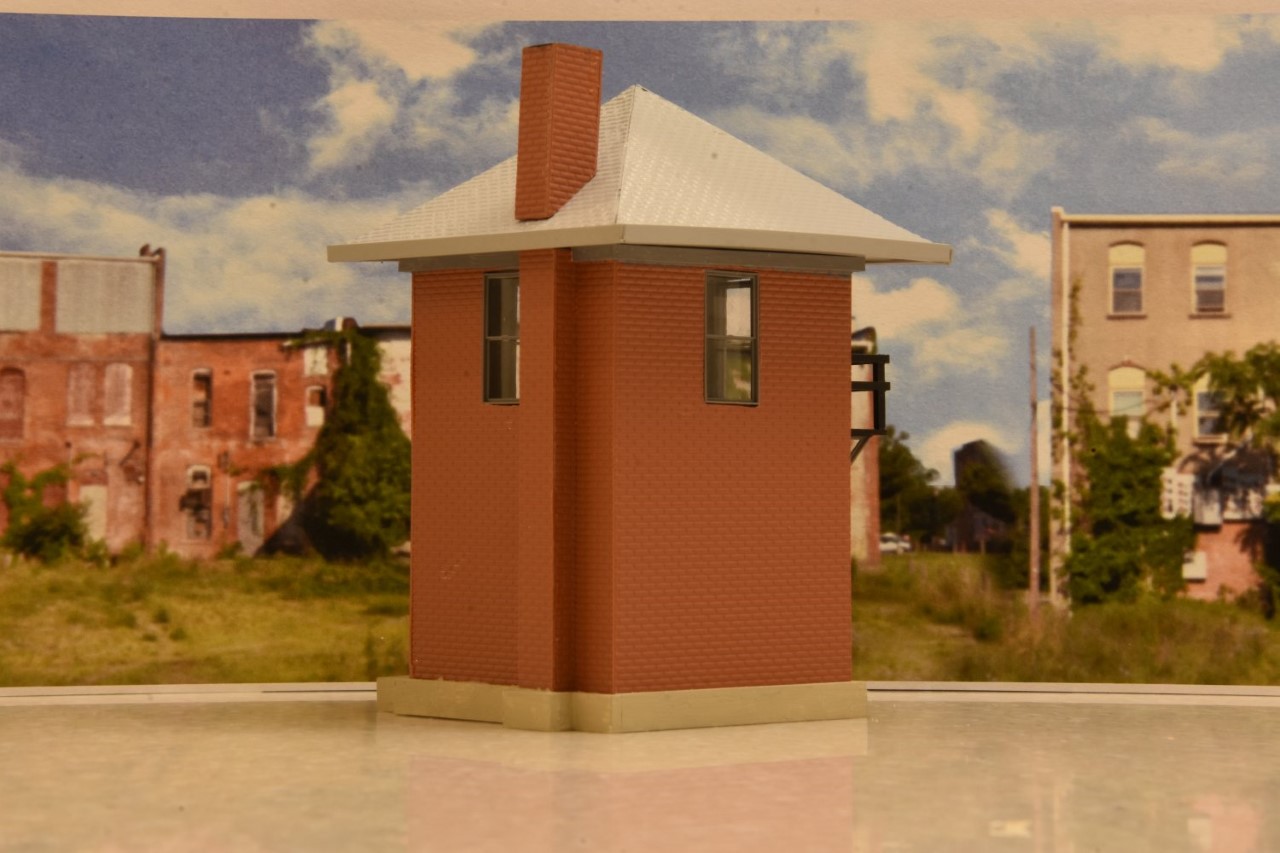
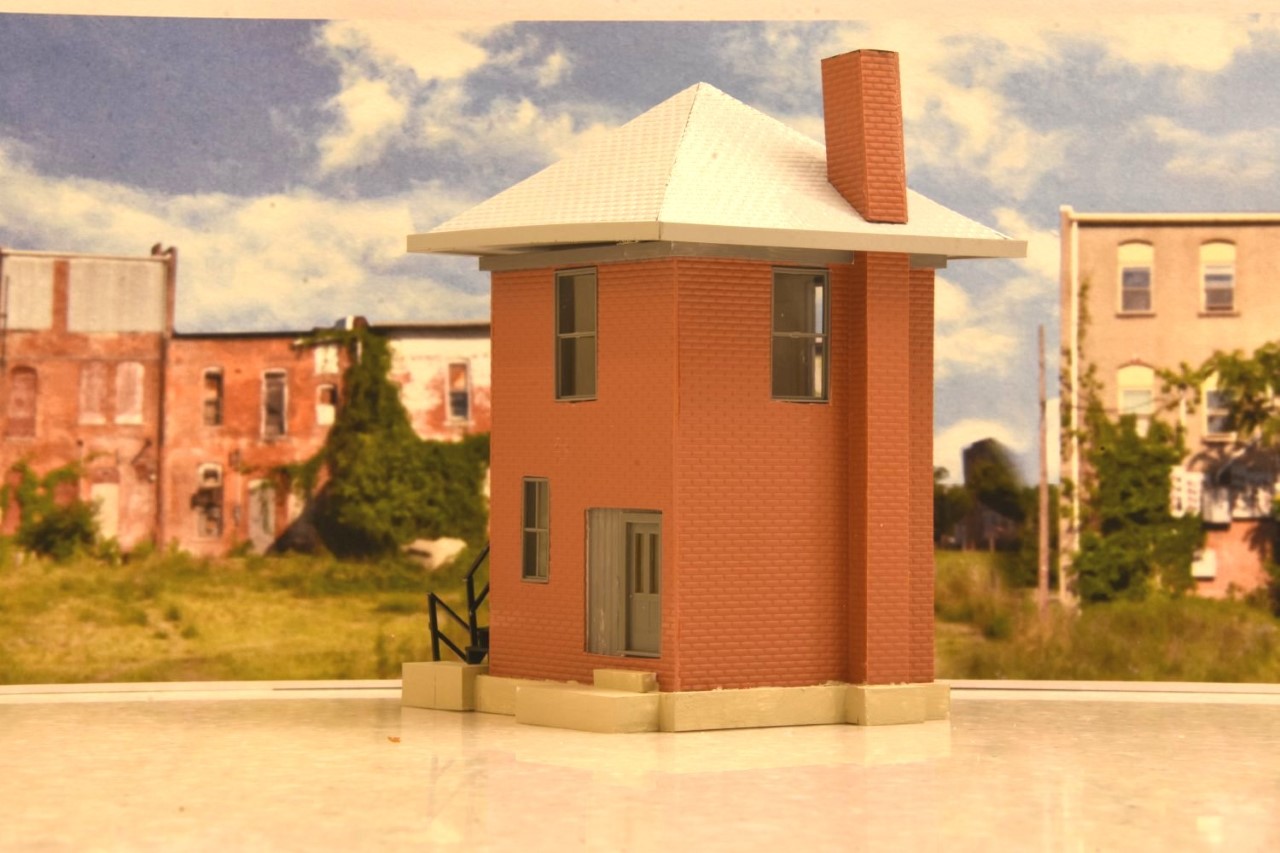

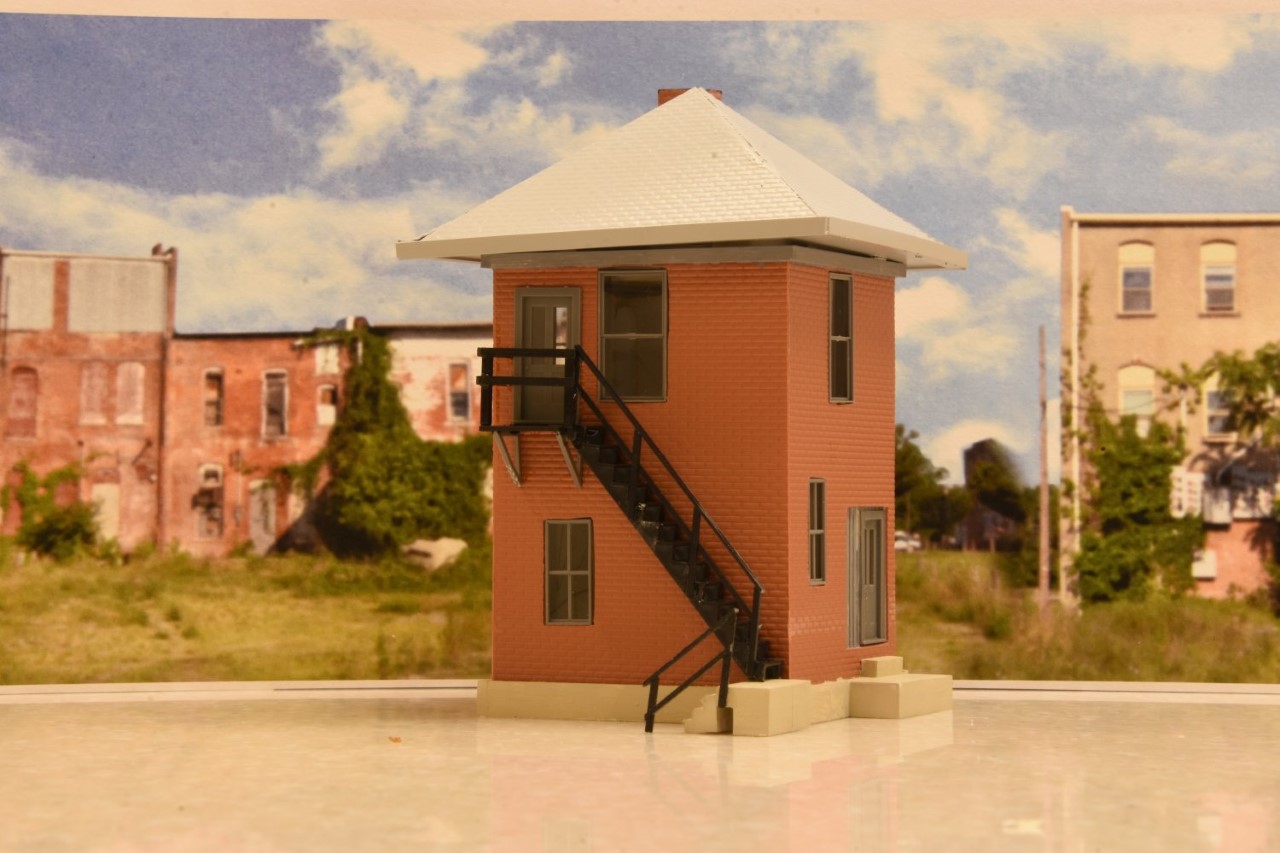
For anyone who may not know, Fostoria's historic Jackson Street Tower, which housed the nation's first Centralized Traffic Control equipment, was demolished in late 2021. The former New York Central structure was torn down as part of an ongoing effort by CSX Transportation to remove old, unused structures along its routes. It was the operator in the Jackson Street Tower who controlled the CTC machinery installed in 1927, overseeing about 40 miles between Stanley, southeast of Toledo, and Berwick, on NYC's former Toledo & Ohio Central route. The tower's control panel was donated to the Smithsonian Institution.
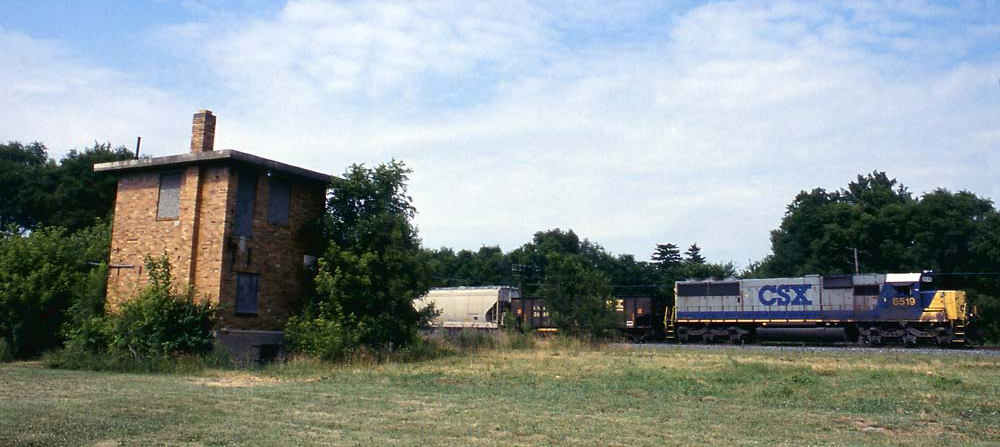
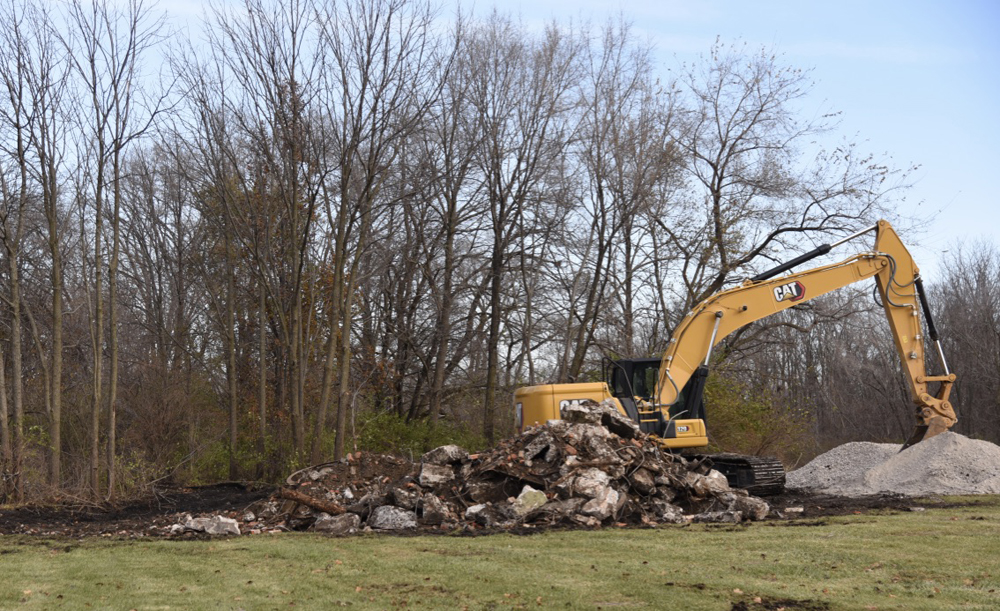
 Train Order
Train Order